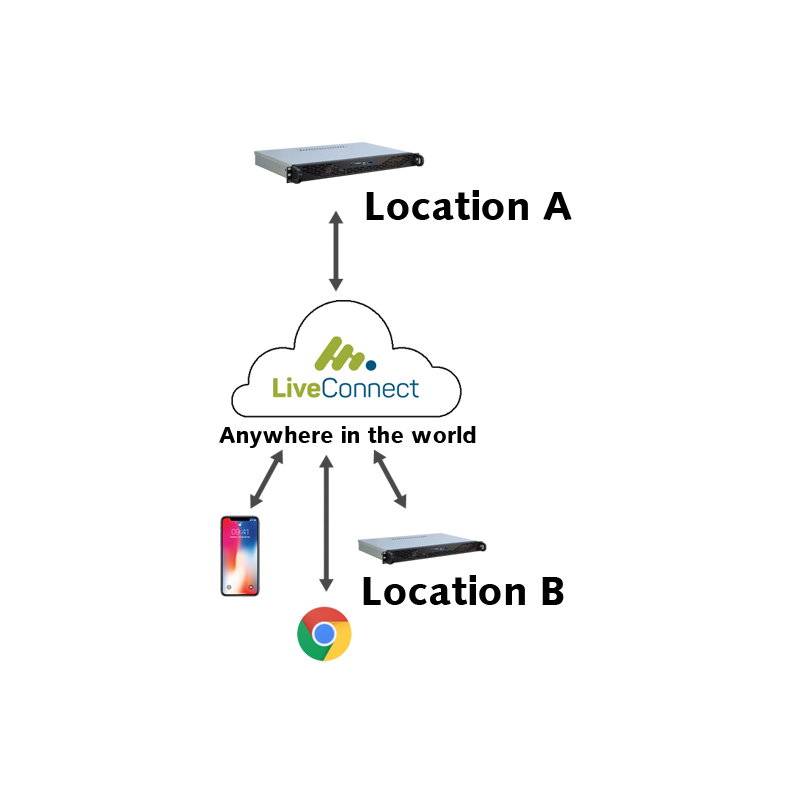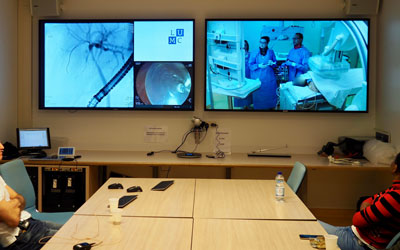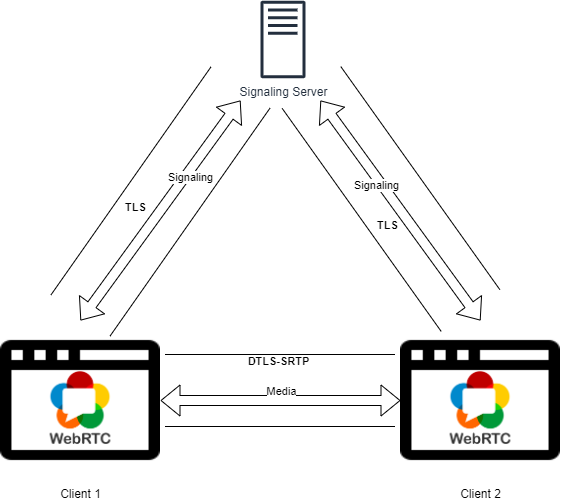Introducing our cutting-edge Low-Latency Duplex IP Connection: the ultimate solution for seamless live medical education.
With unparalleled full HD video and audio quality, this technology ensures every detail is crystal clear,
even in the most critical moments. Latency is no longer a concern, as our advanced system guarantees a real-time experience.
Plus, your data remains protected with end-to-end encryption, ensuring compliance with GDPR regulations.
Whether you have an audience of 10 or 10,000, our robust infrastructure can effortlessly accommodate your needs.
Trust us to deliver flawless, secure, and scalable live medical education experiences. Discover the power of our Low-Latency Duplex IP Connection today!


Zoom makes bandwidth ( Quality) trade-offs behind the scenes to balance overall call quality.
But it offers no control for administrators or users to customize allocation.
Microsoft Teams works significantly differently by splitting a pool of bandwidth evenly,
so all users share the same experience.
Quality inevitably declines as more participants join and bandwidth gets stretched thin.
Similarly to Zoom, Teams makes its own optimization decisions without allowing customization.
You get what you get based on their preset allocation scheme and defined algorithms.
Built for Conferencing, Not Broadcast.
Thats why we use our own IP 2 way connection : Liveconnect.

Our technology is based on webRTC.
End-to-end WebRTC encryption is totally possible. In fact, there are multiple layers of WebRTC security.
Encryption and other security standards are mandated for all WebRTC sessions.
WebRTC security consists of three mandatory WebRTC encryption specifications:
Secure Real Time Protocol (SRTP), secure encryption key exchange, and secure signaling.
These protocols encrypt the data sent through WebRTC, protect the encryption keys, and secure the web server connection.
All of these encryption specifications are required for every WebRTC session.
Together, these three specifications form the protocol layer security for WebRTC communication.
